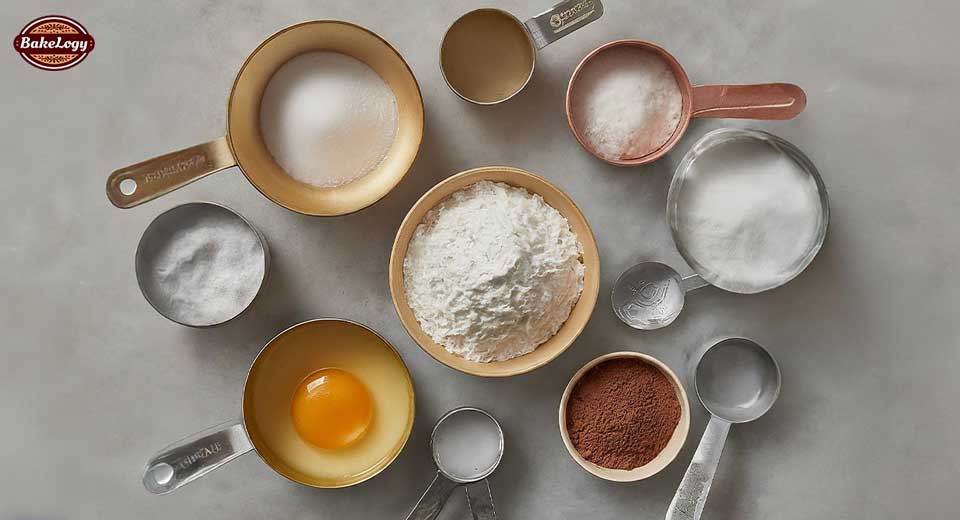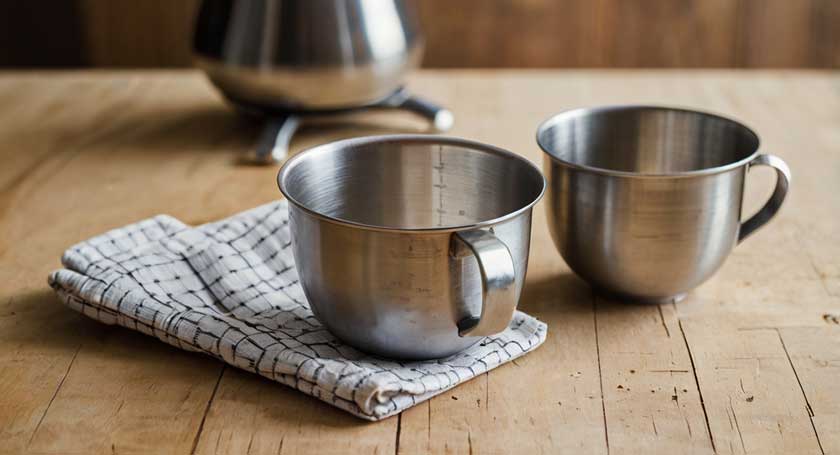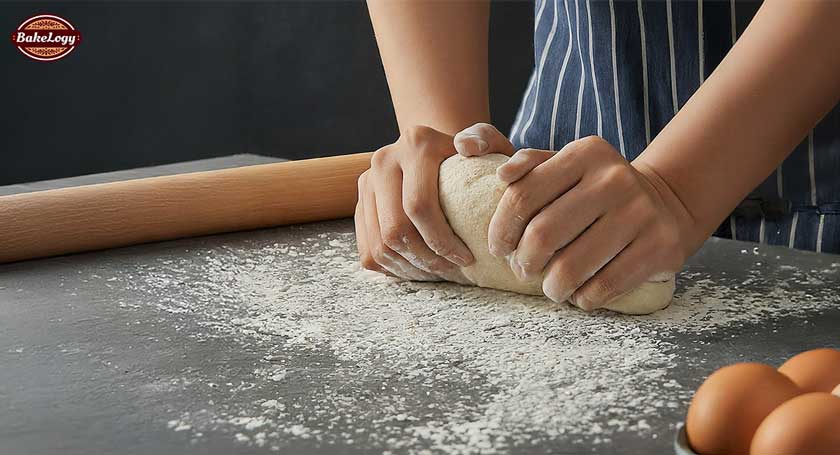Accurate measurement is the cornerstone of successful baking. From the delicate balance of dry ingredients like flour, sugar, and baking powder to the precise pouring of liquids such as milk, oil, and extracts, getting it right is crucial for achieving perfect results. This comprehensive guide will equip you with essential tips and techniques to master the art of measuring baking ingredients. Learn how to use the right tools, avoid common pitfalls, and ensure consistency in your recipes. By understanding the importance of accurate measurement and following these expert guidelines, you’ll elevate your baking skills and create delicious treats that impress. Discover the secrets to measuring like a pro and unlock the full potential of your baking endeavors. Here’s a guide to measuring ingredients correctly:
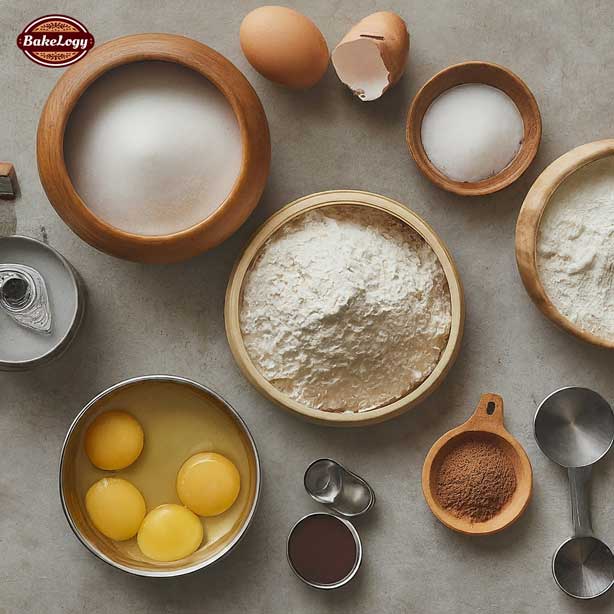
Common Baking Ingredients
Before we delve into measurement techniques, let’s familiarize ourselves with commonly used baking ingredients:
Dry Ingredients
- Flour (all-purpose, whole wheat, cake, etc.)
- Sugar (granulated, brown, powdered)
- Baking powder
- Baking soda
- Salt
- Cocoa powder
- Oatmeal
- Nuts
- Chocolate chips
Liquid Ingredients
- Milk (whole, 2%, skim)
- Butter (salted, unsalted)
- Oil (vegetable, canola, olive)
- Eggs
- Water
- Honey
- Molasses
- Extracts (vanilla, almond, etc.)
Measuring Dry Ingredients
Use the Right Tools
- Employ dry measuring cups specifically designed for measuring dry ingredients. These cups are typically made of plastic or metal and have straight sides.
- Avoid using liquid measuring cups for dry ingredients as they can lead to inaccurate measurements.
Scoop and Level
- Gently scoop the dry ingredient into the measuring cup, avoiding packing or shaking the cup.
- Overfilling the cup will result in excess ingredient, affecting the final product.
- Once the cup is filled, use a straight edge, such as a flat knife or bench scraper, to level off the excess ingredient.
- Ensure the surface of the ingredient is level with the top of the measuring cup.
Avoid Overpacking
- Overpacking dry ingredients, particularly flour, can significantly impact the texture and outcome of your baked goods.
- Packed flour can lead to dense and heavy baked goods.
- To prevent overpacking, use a light touch when scooping the flour into the measuring cup.
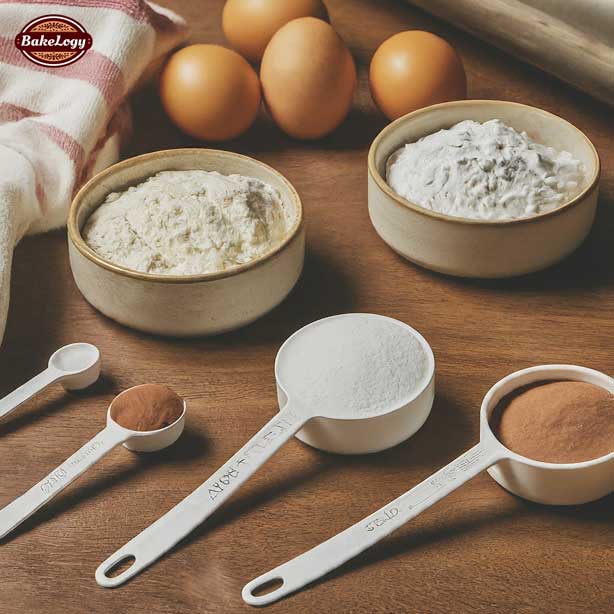
Measuring Liquid Ingredients
Use Liquid Measuring Cups
- Use liquid measuring cups that are specifically designed for measuring liquids. These cups typically have a spout and handles for easy pouring.
- Liquid measuring cups come in various sizes, so choose the appropriate size based on the required measurement.
Get Eye Level
- Place the liquid measuring cup on a flat surface and bend down to eye level to accurately read the measurement.
- This ensures that you are reading the measurement at the correct angle, preventing errors.
Check for Bubbles
- If bubbles form on the surface of the liquid, allow them to settle before reading the measurement.
- Bubbles can distort the true volume of the liquid.
- Gently tap the side of the measuring cup to help the bubbles dissipate.
By following these guidelines, you’ll ensure accurate measurements for all your baking endeavors, resulting in delicious and consistent results.
Would you like to know about specific measurement techniques for certain ingredients, or do you have a particular recipe in mind? share with me.
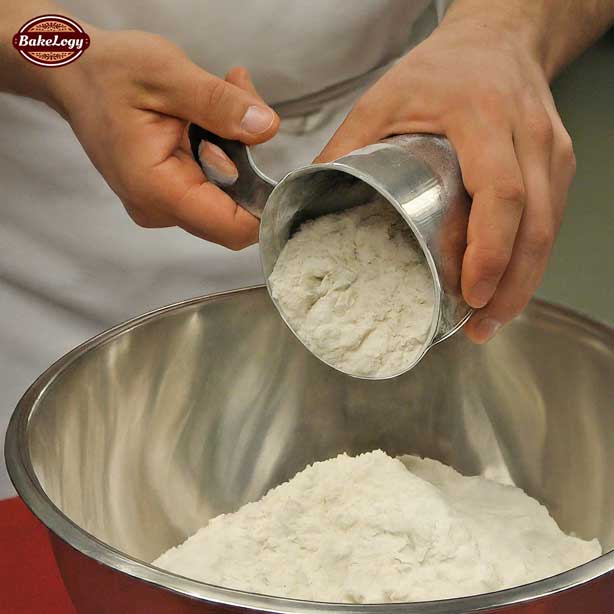
Equivalents and Conversions
While recipes often use cups, tablespoons, and teaspoons, it’s sometimes helpful to convert to weight measurements (grams) for greater accuracy. Here are some common equivalents:
- 1 cup all-purpose flour = approximately 120 grams
- 1 cup granulated sugar = approximately 200 grams
- 1 cup packed brown sugar = approximately 210 grams
- 1 cup butter (softened) = approximately 227 grams
- 1 large egg = approximately 57 grams
- 1 cup milk = approximately 240 ml
Note: These are approximate values, and exact measurements may vary slightly.
Tips for Accurate Measurements
- Invest in a kitchen scale: For most precise results, consider using a digital kitchen scale.
- Use standard measuring cups and spoons: Ensure your measuring tools are accurate and not worn out.
- Level off dry ingredients consistently: Develop a consistent technique for leveling off dry ingredients.
- Read recipes carefully: Pay attention to specific instructions for measuring ingredients.
By following these guidelines, you’ll be well on your way to baking success!
Would you like to know about specific measurement techniques for certain ingredients, or do you have a particular recipe in mind? feel free to share.
